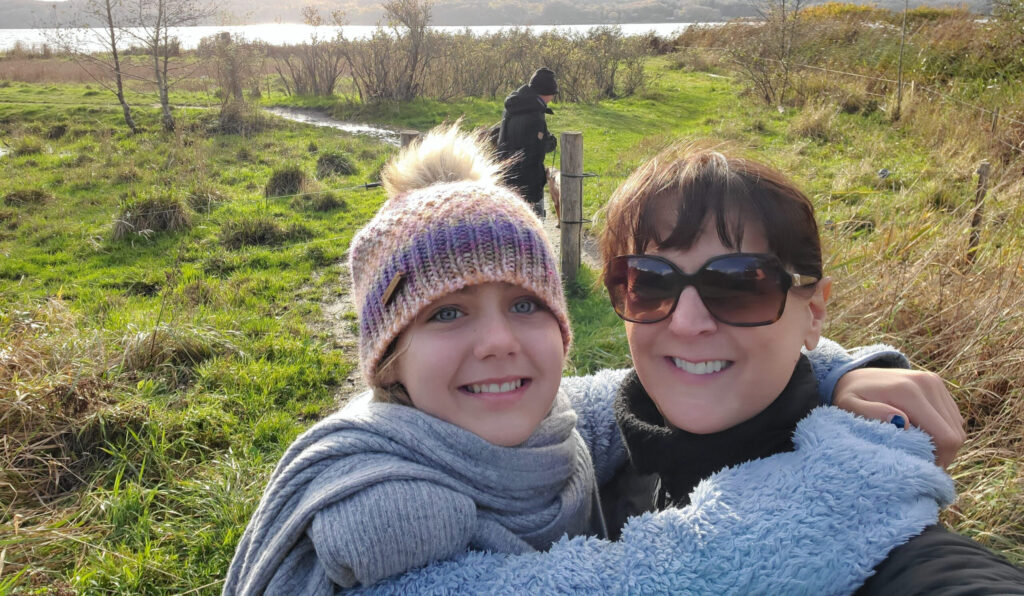
About me
I was uptight, overworked and stressed – a working mom trying to balance it all. From many different perspectives, I appeared entirely successful, handling it all. I did not know there was another way. What I now know is that I missed a lot of the beauty that comes with being in the state of “hygge.”
Hygge is the Danish word for cozy, but it means so much more. It characterizes a mindset and it is, at least from my experience living there, how the Danes live their lives. Witnessing that has shaped how I envision my journey into the future. In addition to the Danish traditions of slowing down and maximizing cozy, contented community and family time, there is a realistic and important focus on the health of the planet. Danish citizens are experts at reusing, handling food waste, recycling and so many other important climate efforts that make their communities and our planet more healthy.
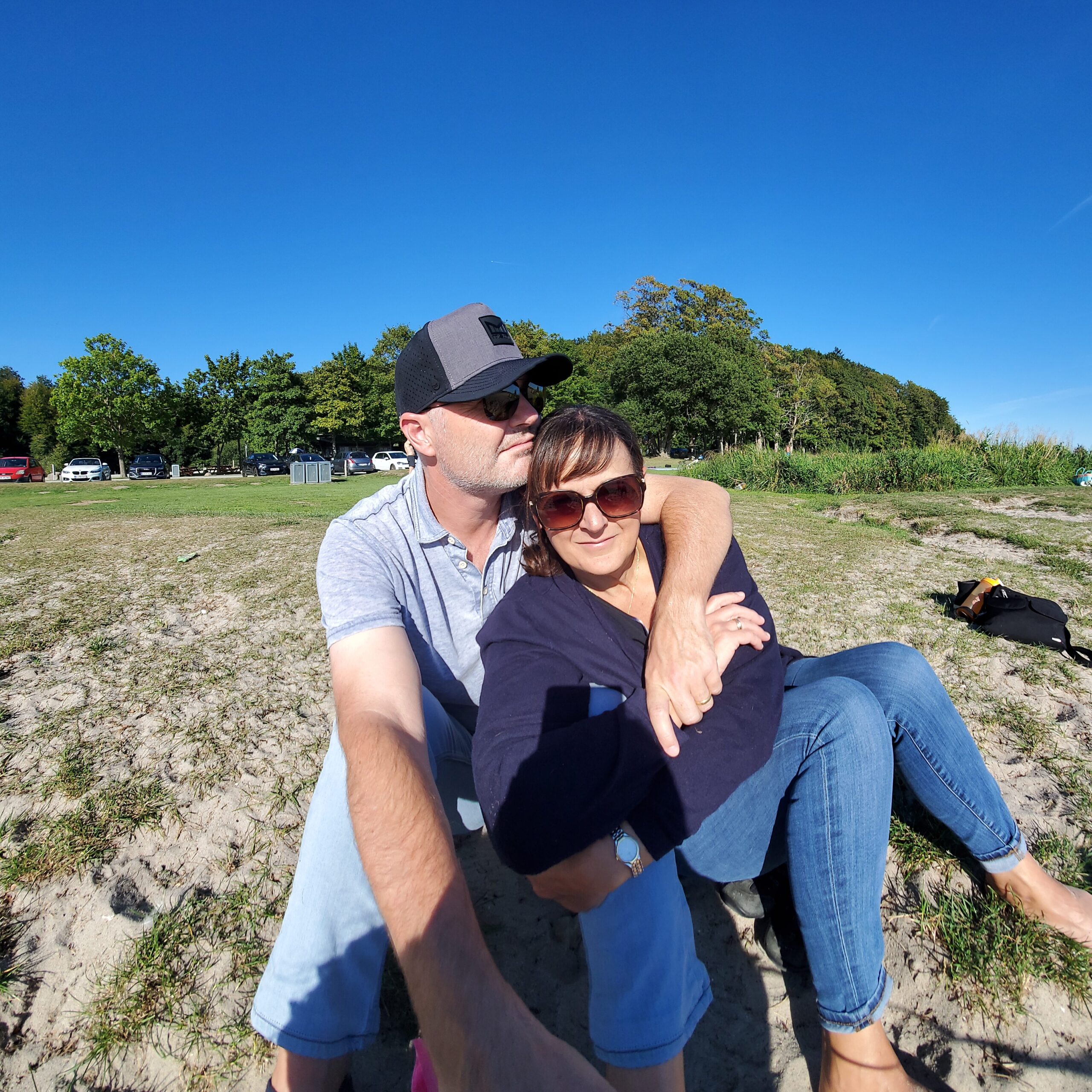
Putting my best forward … about my journey
Overwhelmed with gratitude from an almost thirty-year career in franchising, I began a journey of rediscovery and found my true passion rooted in my concern about the future of the planet and what that means for my daughter.
This discovery pointed me in a new direction. My new focus did not come from stress or pain but from deep breaths of fresh air, the smell of the outdoors, the sun on my face, and wind in my hair. It came from the act of playing not working, the art of being present instead of focused on P&Ls and achievements. Adventure, experience, and openness to everything new became my new teachers. My previous work had stolen pieces of me. And through this journey I replaced those with new pieces that I found along the way. Exploring and breathing and taking it all in gave me a new strength to tackle a new and big challenge.
The challenge of making an impact on our climate crisis. I am hoping that this becomes a space for us to work together sharing resources and ideas for families and communities to have a positive impact on the health of the planet.

Worldwide, big & small
I have witnessed firsthand efforts around the world to fight climate change. Some are government led, some grassroots, in many countries the focus on the seventeen climate goals is apparent. My goal is to unite people with the small steps that each of us can take. These daily actions will help close the gap so that what is happening in industry and government can be met by the community. We, the people, can inspire and implement changes that decrease the size of our carbon footprint. By lowering our personal carbon emissions we will not only improve the world, but we can also increase the amount of time available for innovation and implementation of other, larger climate solutions.
Learn more about the 17 Climate Goals here: The 17 Goals
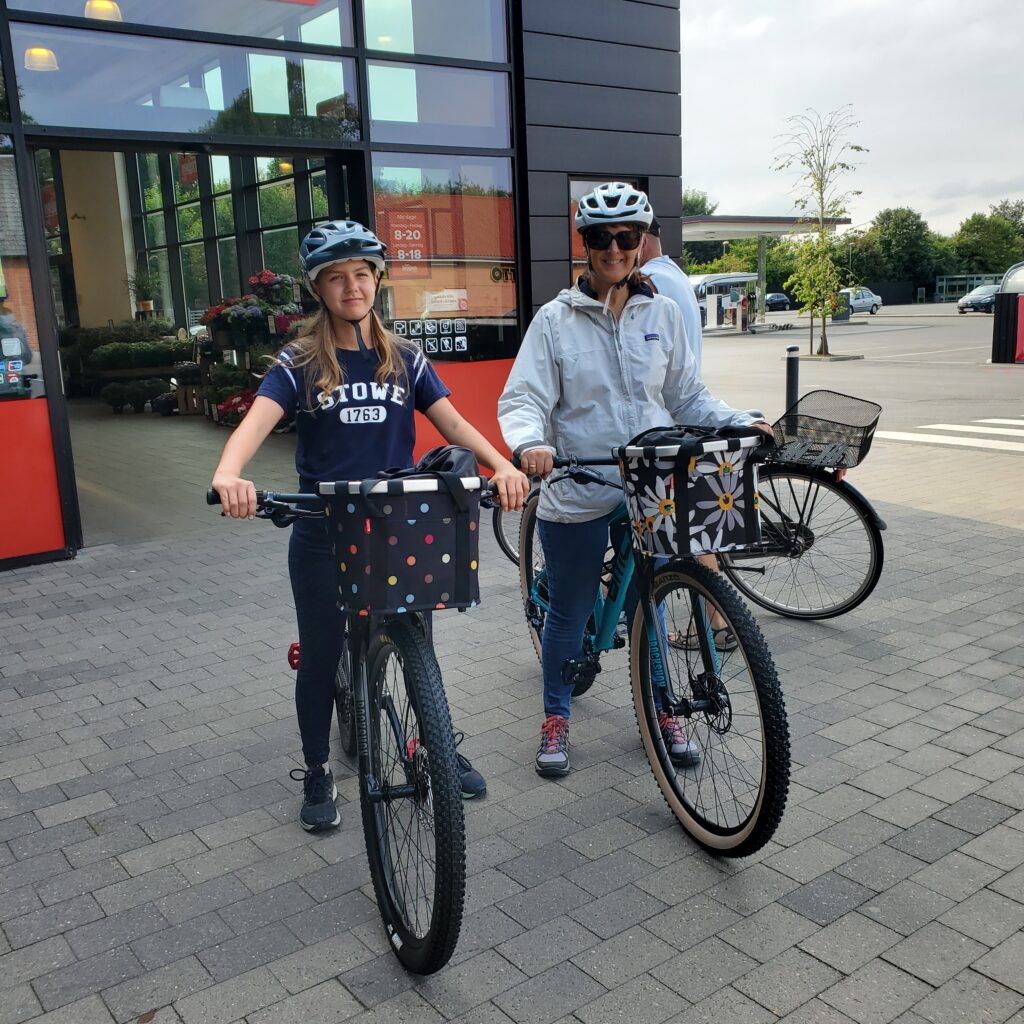
Low carbon emission food
It is not an insurmountable task as an individual to have a positive effect on climate change. One not so difficult undertaking is changing what we eat. It is not changing every single thing we eat because small changes have a big impact. That can mean a new recipe for dinner a few days a week, or perhaps a new breakfast habit. Even a small change makes an impact on our personal carbon footprint.
Too much of the harmful greenhouse gases emitted are from factory farming and the land needed to produce food for the food (animals) we eat. Depending on calculations and what is included, beef emits approximately 70 kilograms of greenhouse gas per kilogram of food. Vegetables, for example, emit approximately 0.7 kilograms of greenhouse gas per kilogram of food. Measure that over the population of the community that you live in and that begins to be a number worth measuring.
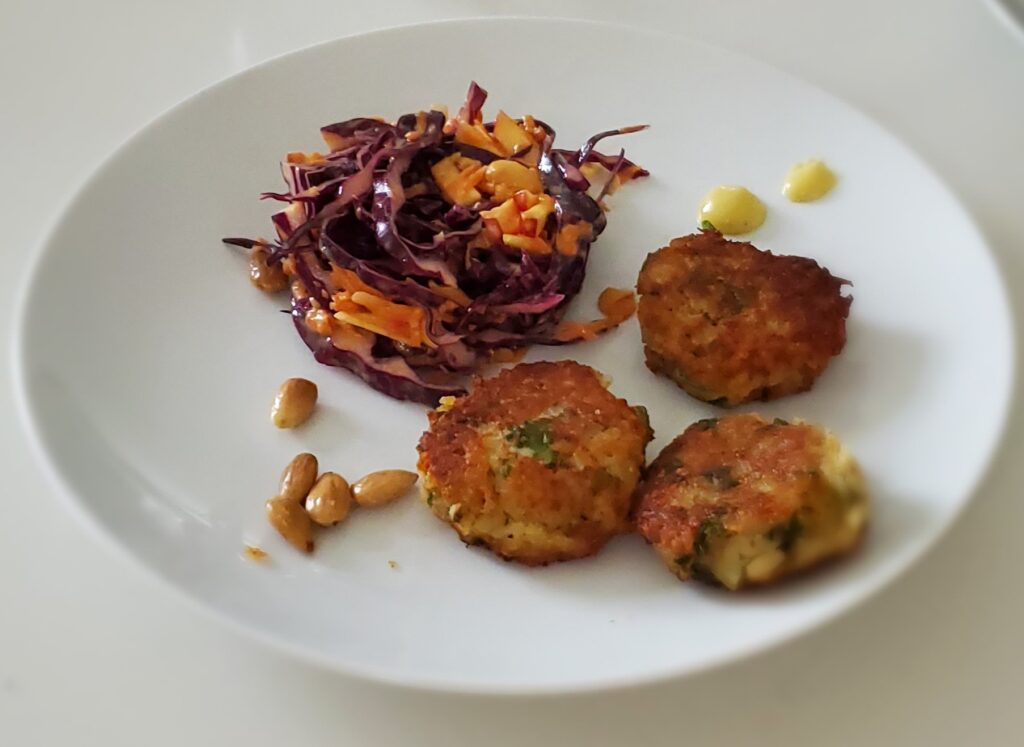
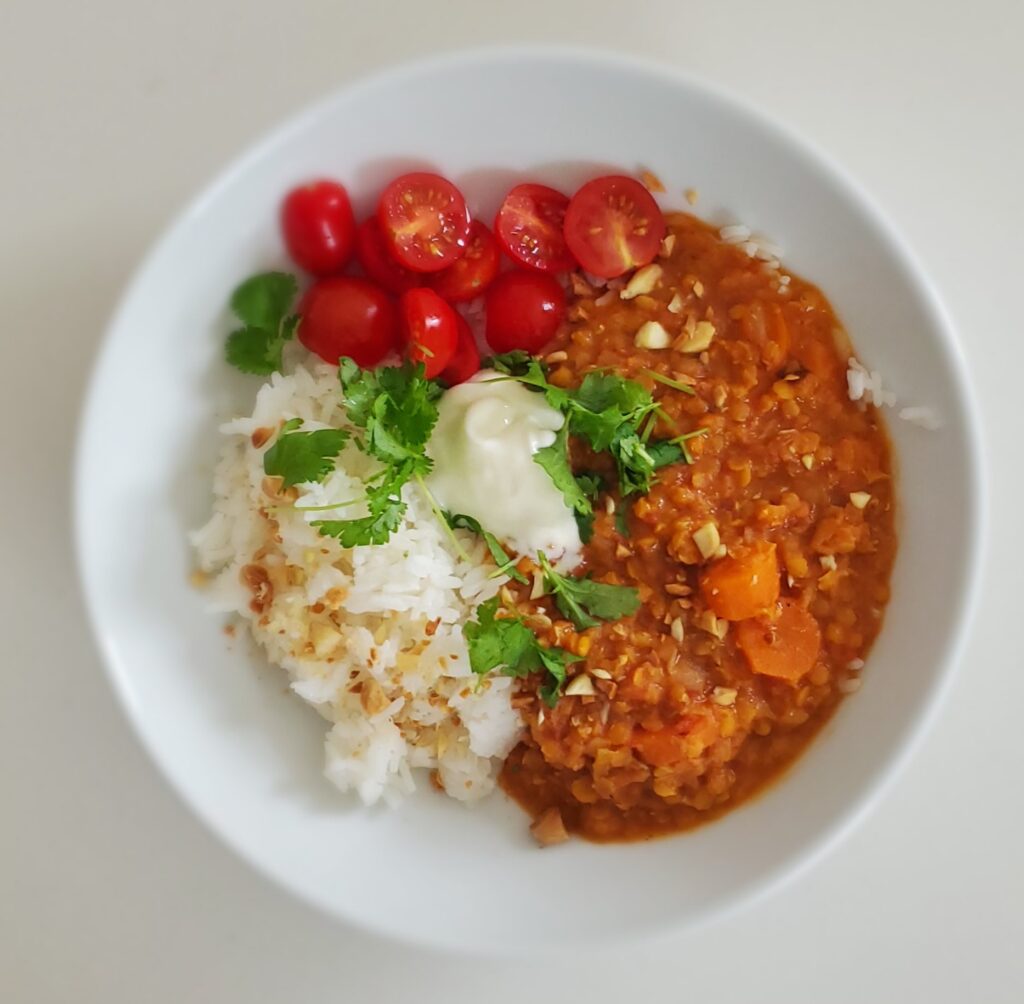
Eliminate or diminish your reliance on single use items
It is of course true that our planet is finite in size and yet we continue to grow. As the population grows, so does everything we use. Out of sight may be out of mind, but it is certainly not – problem solved!
In some cases, states have run out of space for trash and are shipping garbage to somewhere that will accept it for a fee . The only real and responsible solution is to diminish what we throw away. To achieve this, we have to start with what we buy and how we use things.
A first good and impactful starting point is a look at anything you use that is single-use. The elimination of these items is not a quick and easy task. At first glance it does seem like a no brainer, but then the habits kick in and you may find yourself reaching for items that immediately go in the trash. I am not suggesting you stop using toilet paper, but can you substitute any of the items listed below?
Examples of items that get used just once:
- plastic food storage bags
- plastic wrap
- aluminum foil
- baking sheets
- takeaway food containers
- plastic to-go drink cups
- paper coffee cups
- plastic & paper shopping bags
- party supplies & decorations
- food packaging
- straws
- paper towels
- plastic bags in the grocery store for fruits & veggies and also at the checkout
Start with one or two at a time and continue to come back here for ideas and conversation. Feel free to contact me with ideas and questions. I am excited to work with you on this important matter!
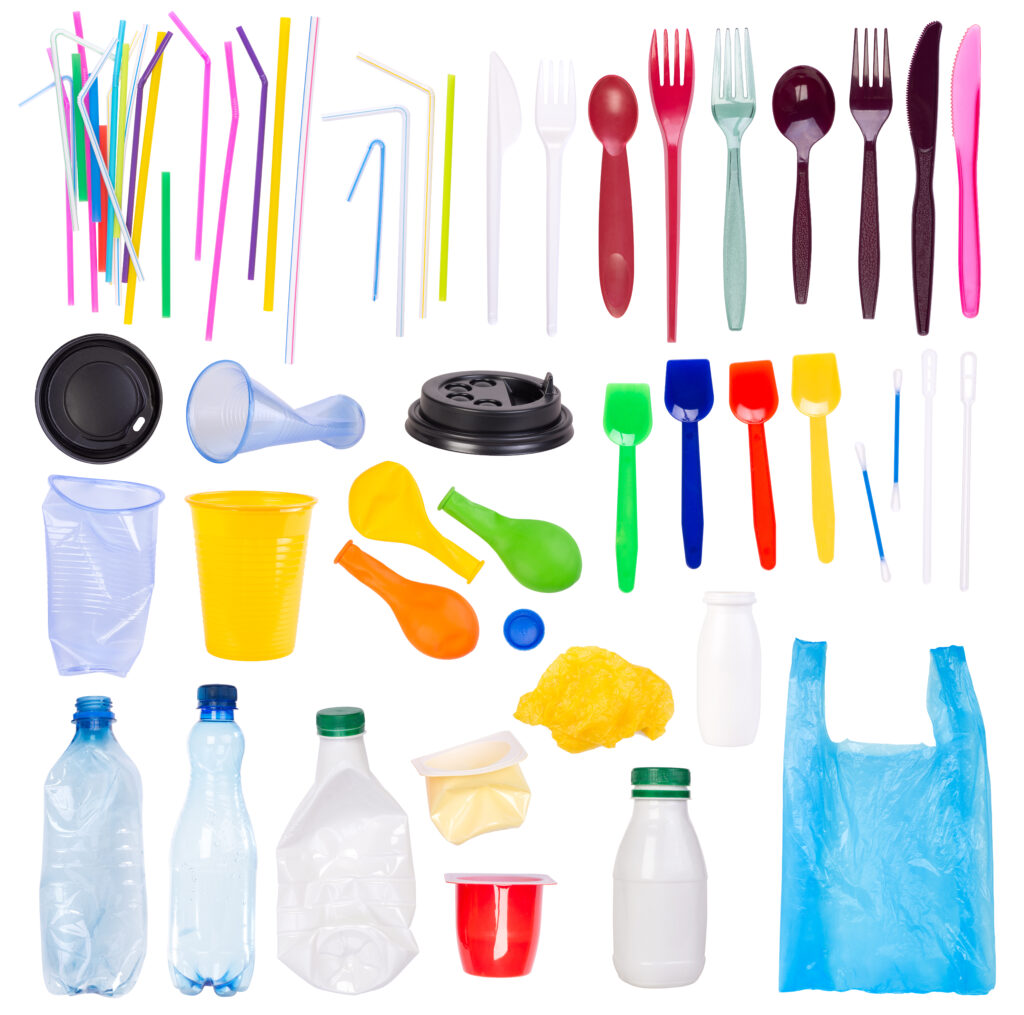
ID 149971456 © Photka | Dreamstime.com
Leave a Reply